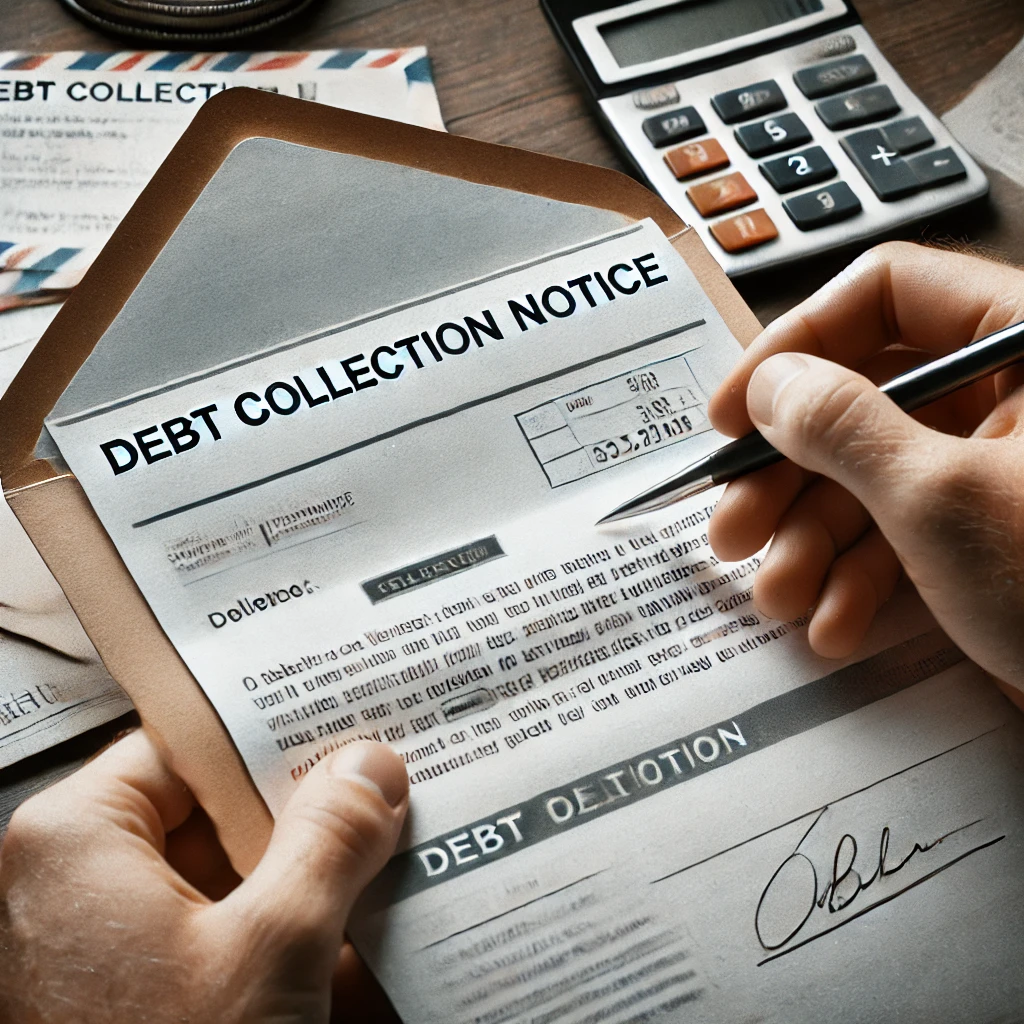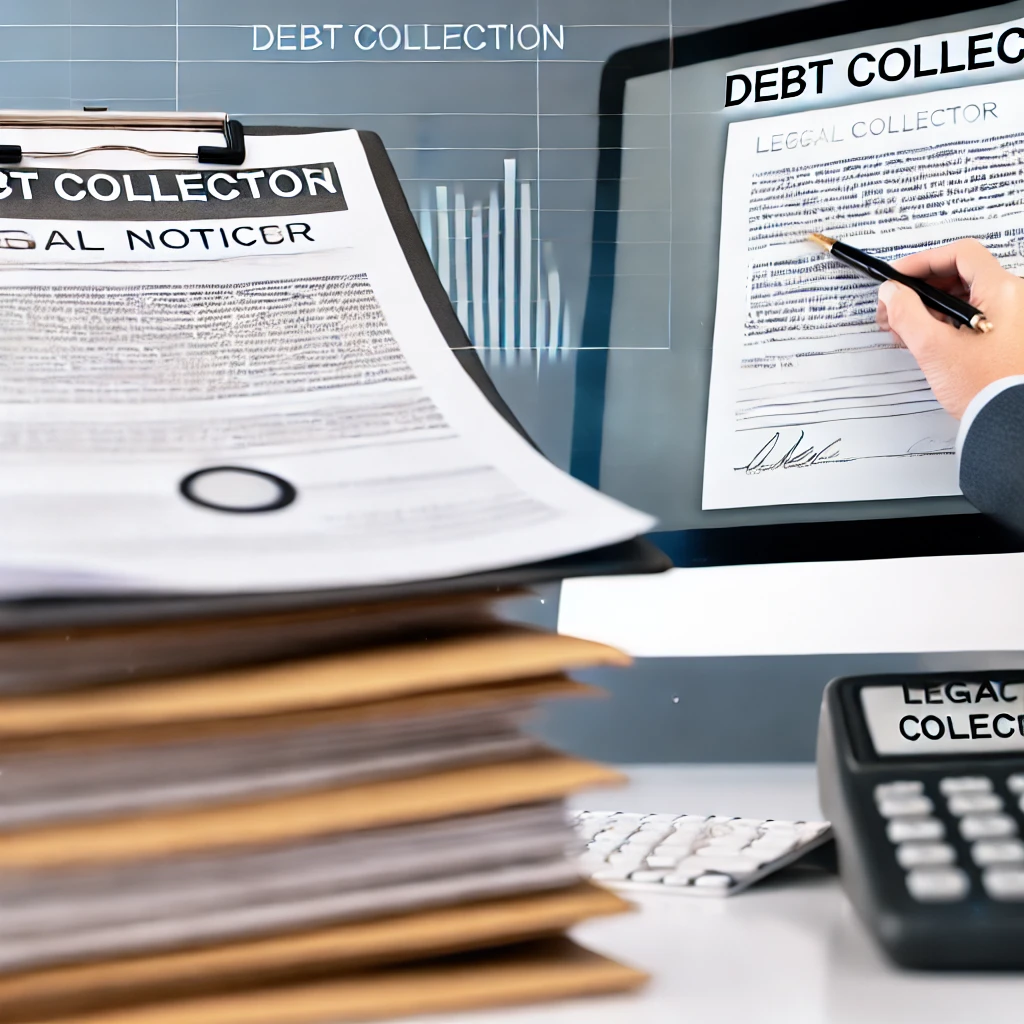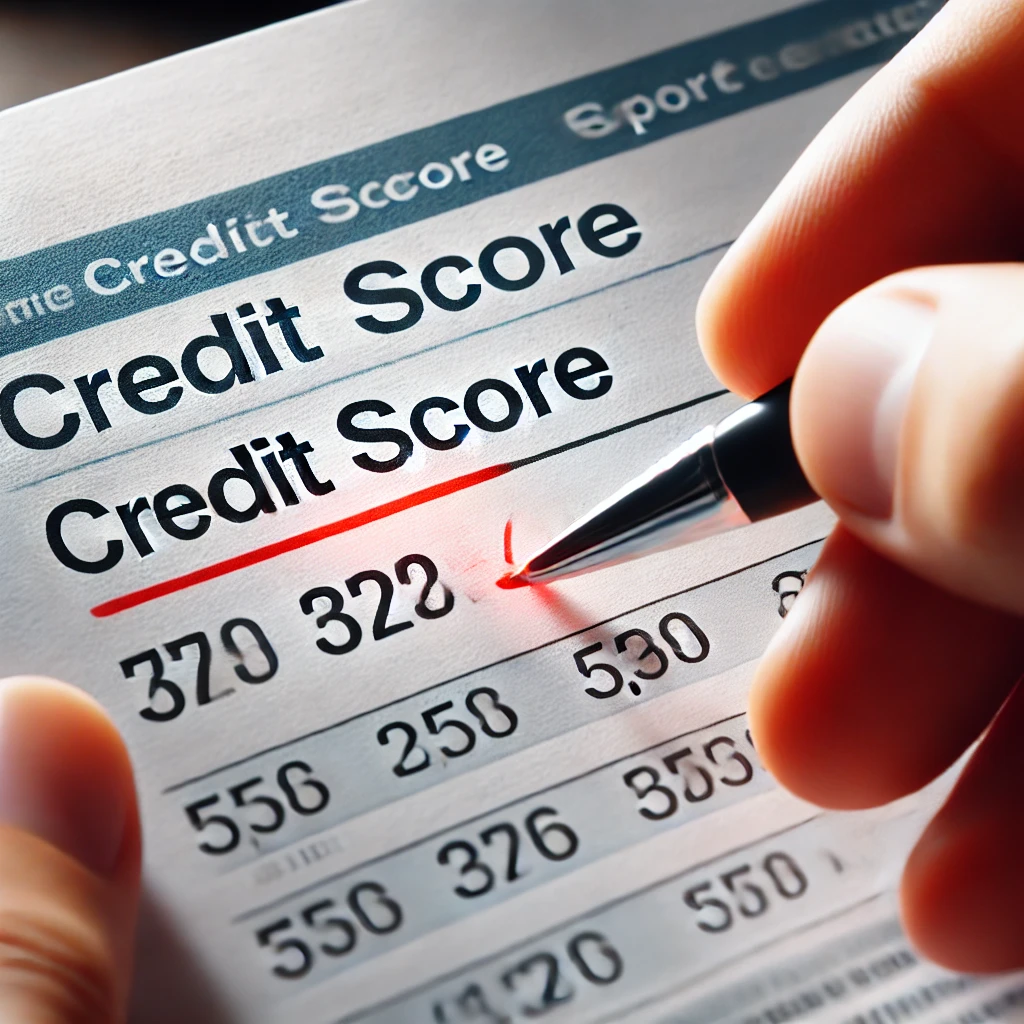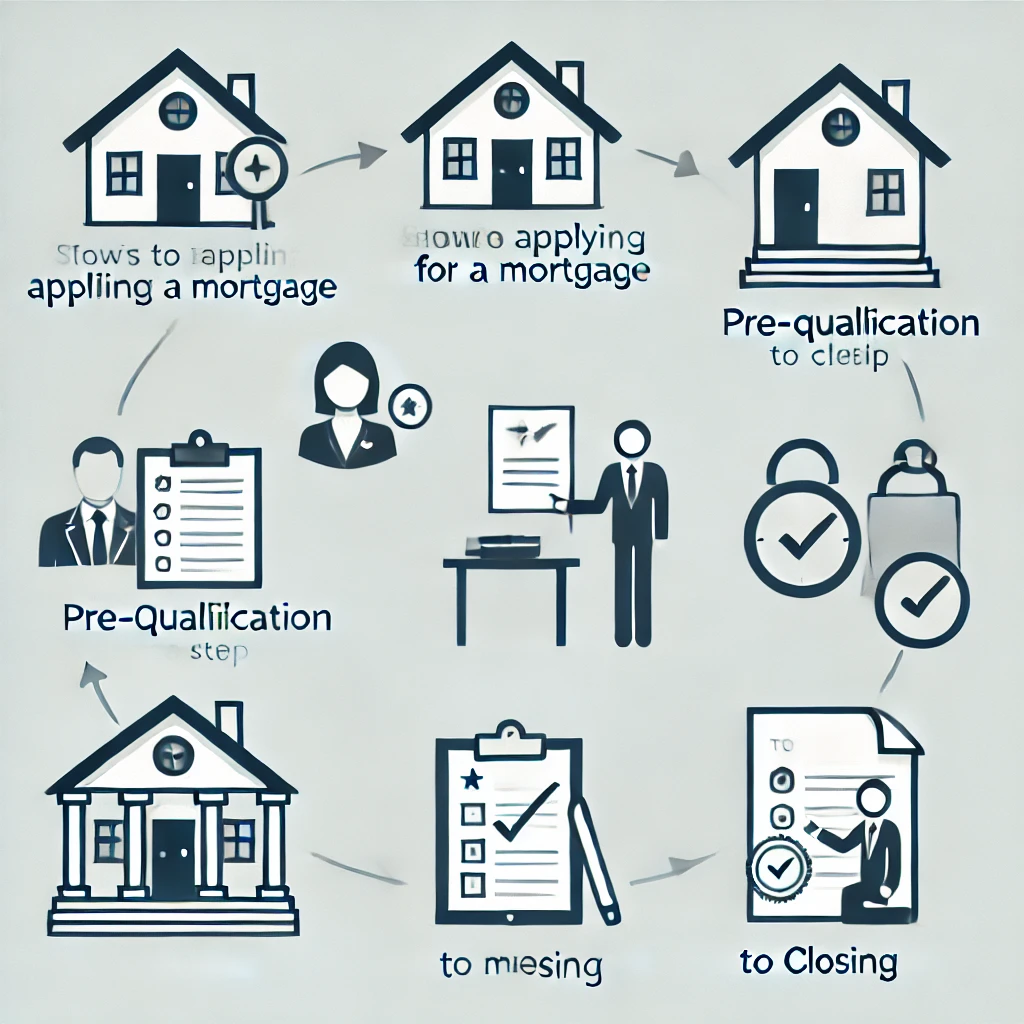What is debt collection, and how does it work?
Debt collection is the process of pursuing payments on debts owed by individuals or businesses. Collection agencies work on behalf of creditors to recover these debts through various means, including phone calls, letters, and legal action.
What rights do debtors have under the Fair Debt Collection Practices Act (FDCPA)?
The FDCPA protects debtors from abusive practices by debt collectors. It ensures that collectors cannot use harassment, make false statements, or engage in unfair practices when attempting to collect a debt.
How can I verify if a debt is legitimate?
You can request a debt validation letter from the collector, which outlines the original creditor, the amount owed, and other details. This helps confirm the legitimacy of the debt.
What are the common types of debt that are collected?
Common types of debt include credit card debt, medical bills, personal loans, student loans, and utility bills.
How can I negotiate a settlement with a debt collector?
Start by contacting the debt collector to discuss your situation. Offer a lump sum payment or a payment plan that is less than the full amount owed. Always get the settlement agreement in writing.
What happens if I ignore a debt collector?
Ignoring a debt collector can lead to legal action, including lawsuits, wage garnishments, and damage to your credit score. It’s better to address the issue directly.
How long does negative information stay on my credit report?
Most negative information, including debt collections, stays on your credit report for seven years from the date of the first delinquency.
Can debt collectors contact me at work?
Yes, but if you inform the debt collector that your employer does not allow such calls, they must stop contacting you at work.
What is the statute of limitations on debt collection?
The statute of limitations varies by state and type of debt. After the statute expires, the debt is considered ‘time-barred,’ and you cannot be sued for it, though collectors may still contact you.
How does debt settlement affect my credit score?
Debt settlement can negatively impact your credit score since it indicates that you didn’t pay the full amount owed. However, it may be better than having unpaid debts or filing for bankruptcy.
What should I do if a debt collector violates my rights?
You can file a complaint with the Consumer Financial Protection Bureau (CFPB), your state attorney general, or take legal action against the collector.
How can I dispute a debt I believe is incorrect?
Send a written dispute letter to the debt collector within 30 days of receiving their initial contact. The collector must then verify the debt before continuing collection efforts.
What is a ‘charge-off,’ and how does it affect me?
A charge-off occurs when a creditor deems a debt unlikely to be collected and writes it off as a loss. This does not eliminate your responsibility to pay, and it negatively impacts your credit score.
Can a debt collector sue me for an old debt?
Debt collectors can sue you within the statute of limitations, but once that period has passed, the debt is ‘time-barred.’ However, you must raise the statute of limitations as a defense in court.
What should I do if I’m being harassed by a debt collector?
Document all communications and file a complaint with the CFPB. You can also send a cease-and-desist letter to the collector.
What is the difference between secured and unsecured debt?
Secured debt is backed by collateral, such as a house or car, while unsecured debt is not, like credit card debt. Collectors have more leverage with secured debt because they can repossess the collateral.
Can a debt collector take money from my bank account?
If a collector wins a lawsuit against you, they may obtain a court order to garnish your bank account, depending on state laws.
What is a debt validation notice?
A debt validation notice is a written statement from a debt collector detailing the amount of debt, the creditor’s name, and the right to dispute the debt within 30 days.
How can I stop debt collection calls?
You can request in writing that the debt collector cease contact. Once they receive your letter, they can only contact you to confirm receipt or to inform you of legal actions.
What is a collection agency?
A collection agency is a company that specializes in recovering unpaid debts on behalf of creditors. They typically receive a percentage of the collected amount as payment.
Can medical debt affect my credit score?
Yes, if medical debt goes unpaid and is sent to collections, it can be reported to credit bureaus and negatively affect your credit score.
How can I remove a collection from my credit report?
You can negotiate a ‘pay-for-delete’ agreement with the collector, where they agree to remove the collection from your credit report upon payment. Always get this agreement in writing.
What should I do if I’m sued by a debt collector?
Respond to the lawsuit within the time frame provided, usually by filing an ‘answer’ with the court. Consider consulting an attorney for legal advice.
Can debt collectors contact my family or friends?
Collectors can contact third parties to obtain your contact information but cannot disclose details about your debt or harass them.
What is wage garnishment, and how does it work?
Wage garnishment is a court-ordered process where a portion of your paycheck is withheld to pay off a debt. This usually happens after a collector wins a lawsuit against you.
What should I do if a debt collector contacts me for someone else’s debt?
Inform the collector that they have the wrong person. If they persist, you can send a cease-and-desist letter and report them to the CFPB.
Can I dispute a debt that is too old?
Yes, you can dispute debts that are time-barred or no longer valid under the statute of limitations. Collectors cannot legally sue you for these debts.
What are the consequences of ignoring debt collection notices?
Ignoring notices can lead to legal action, wage garnishment, and a negative impact on your credit score. It’s better to address the issue directly.
How does the statute of limitations affect debt collection?
The statute of limitations limits the time a debt collector can sue you for a debt. Once expired, the debt is time-barred, though collection attempts may continue.
What should I know before hiring a debt settlement company?
Research the company’s reputation, understand their fees, and be aware of the potential impact on your credit score. Some companies may not deliver on their promises.
Can I use a credit counselor to manage debt collection issues?
Credit counselors can help you create a budget, negotiate with creditors, and develop a plan to pay off debts, potentially avoiding collections.
What are the risks of using a debt settlement company?
Risks include high fees, negative impact on your credit score, and the possibility that not all creditors will agree to settle.
How does debt collection affect my ability to rent a home?
Debts in collections can lower your credit score, making it more difficult to qualify for rental housing. Landlords may view you as a higher risk.
What are my options if I can’t afford to pay a debt?
Options include negotiating a payment plan, settling for less than owed, enrolling in a debt management plan, or filing for bankruptcy.
What should I do if I receive a court summons for a debt?
Respond to the summons, either by filing an answer or appearing in court. Ignoring it can result in a default judgment against you.
Can I get a debt collection removed from my credit report early?
You can request a goodwill deletion from the collector, negotiate a pay-for-delete, or dispute inaccurate information with the credit bureaus.
What happens if I pay off a debt after a judgment has been entered?
Paying off the debt after a judgment will satisfy the debt, but the judgment will remain on your credit report for up to seven years.
Can a debt collector charge me interest on an old debt?
Collectors can charge interest if it’s specified in the original contract or allowed by law, but it must be reasonable and within legal limits.
What is a collection agency’s success rate in recovering debt?
Success rates vary by agency and type of debt, but many agencies recover between 20-50% of debts assigned to them.
How do debt collectors obtain my contact information?
Collectors use various methods, including credit reports, public records, skip tracing, and third-party information to obtain your contact details.
Can I negotiate with a debt collector if I’m unemployed?
Yes, you can negotiate based on your financial situation. Some collectors may accept lower payments or a settlement if you’re unemployed.
What should I do if a debt collector sues me?
Respond to the lawsuit by filing an answer, gather evidence to dispute the debt, and consider seeking legal advice to represent your interests.
How do I know if a debt collector is legitimate?
Verify the collector’s identity by requesting their name, company information, and proof of the debt. You can also check with your state’s attorney general or the Better Business Bureau.
Can a debt collector freeze my bank account?
If a collector wins a lawsuit against you, they may obtain a court order to freeze your bank account, depending on state laws.
What is a ‘charge-off’ and how does it differ from debt collection?
A charge-off occurs when a creditor writes off a debt as a loss. The debt may then be sold to a collection agency, which will pursue payment.
How does a debt collector decide to take legal action?
Collectors consider factors like the debt amount, the debtor’s financial situation, and the likelihood of winning a case before pursuing legal action.
What happens if I can’t pay a debt that’s been charged off?
The debt remains due, and collection efforts may continue. Charged-off debts still affect your credit score and can result in lawsuits.
Can a debt collector contact me by email or text?
Yes, collectors can use email or text if you’ve provided your contact information. However, they must follow the same rules as phone or mail contact.
How can I prevent my debt from being sold to a collection agency?
Paying your debt on time or working out a payment plan with the original creditor can prevent it from being sold to a collection agency.
What is a partial payment, and how does it affect my debt?
A partial payment reduces the amount owed but may not stop collection efforts. It’s essential to negotiate the terms of partial payments with the collector.
Can I settle multiple debts at once?
Yes, you can negotiate settlements for multiple debts simultaneously, but it may require substantial lump-sum payments.
What should I do if I’m facing multiple debt collections?
Prioritize debts by interest rates or legal risks, and contact collectors to negotiate payment plans or settlements for each debt.
What is a deficiency balance, and how does it relate to repossession?
A deficiency balance is the remaining debt owed after collateral, like a car, is repossessed and sold. You’re still responsible for paying this balance.
How can I protect my assets from debt collectors?
Certain assets are protected by law, like Social Security benefits and retirement accounts. Consult an attorney for strategies to protect other assets.
Can I use a lawyer to handle debt collection issues?
Yes, hiring a lawyer can help you navigate complex debt collection situations, negotiate settlements, or defend against lawsuits.
What should I know about debt collection scams?
Scammers may pose as collectors to steal your money. Verify the legitimacy of any collector by asking for details, and never provide personal information without confirmation.
How can I manage debt collection if I’m on a fixed income?
Prioritize essential expenses, communicate with collectors about your financial situation, and seek assistance from a credit counselor or attorney to manage debt on a fixed income.
Views: 1137












